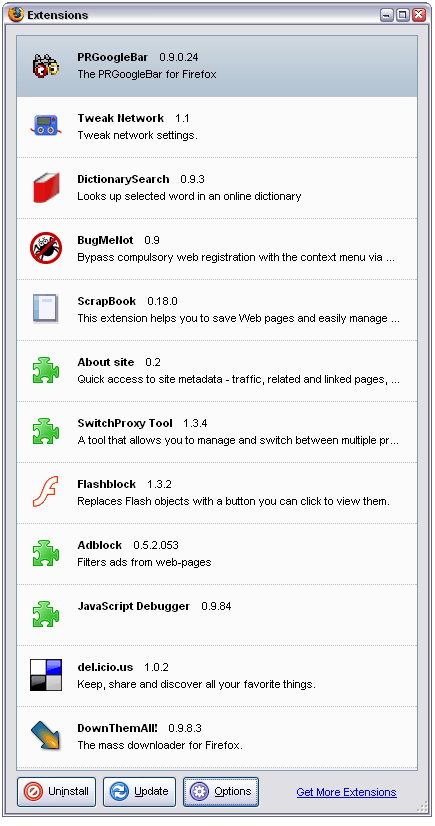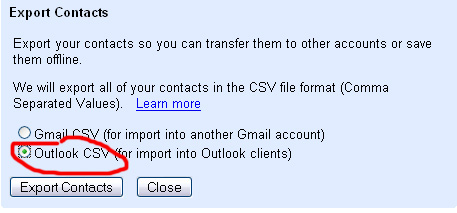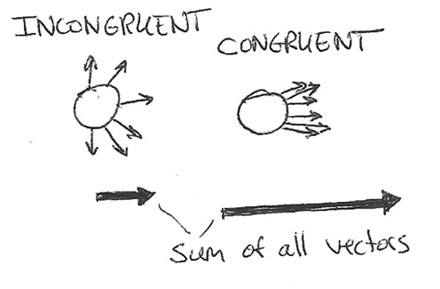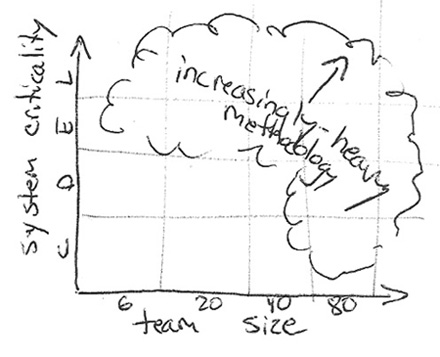This debate has been occurring for awhile now fueled by psychology research that seemingly supports the idea that games cause aggressive behavior in those who play them. Although I have zero allegiance to any companies producing violent games, I do feel compelled to chime in and point out a few thinigs in their defense. This whole scenario feels like a modern day rehashing of the same arguments surrounding music censorship put forth by the PMRC over a decade ago.
While there have been compelling studies conducted that show playing violent video games has a positive correlation with aggressive behavior, we all need to remember that causation cannot be assumed from correlation. Kids with violent personalities may just gravitate to the violent games. Just like the faulty conclusions drawn by Tipper Gore, et al in the PMRC days that listening to Judas Priest and Iron Maiden "rotted the brains" of the youngsters and drove them to commiting violent acts like killing their parents- this same leap of causality with games cannot be made upon corrleational studies alone.
I find it hugely ironic that for all the flak that game makers like Rockstar Games are now receiving for selling games like GTA:San Andreas that supposedly instill violent behavior in young people, the US Army is somehow exempt from the same criticism. They are arguably the single biggest contributor to this effect giving away the free first person shooter game America’s Army but I guess it’s okay as long as the violence they encourage is directed to our enemies and not manifested within our own country (?!?). From a pure business perspective, releasing this game for free is an ingenious move on their part- "get ’em while they’re young." It’s essentially the best possible recruitment and training tool they could hope for if the goal is to raise the next generation of soldiers, get them excited about the Army and have a comprehensive training course early on to teach genuine military tactics. It seems ironic though that police are now making a fuss saying that these games are producing more criminal activity. If it can be shown to have any significant effect at all (which it has not), isn’t this what the Army intended? If you stir up a hornet’s nest and get the reaction you sought (only in the wrong place), can you really be mad for getting stung?
I have to say I don’t play violent games. I played Myst and Riven awhile back and I had an Xbox a few years ago that was later stolen – the only game I ever played on it was Tony Hawk Pro Skater. Having now read the actual study that is the centerpiece of the argument against violent games and from a methodology standpoint it seems flawed. Polling 227 college students for aggressive behaviors and showing that their frequency of violent video game play correlates positively with irritability and retaliatory tendencies… okay, so what? It’s expected that you would find a positive correlation in this scenario, in the same way you’d probably discover a positive correlation with personality characteristics like introversion and creativity. For anyone not familiar with this flaw in correlational studies, the classic example in Psychology textbooks is that of a study conducted that found a positive correlation between crime and number of churches in a city. The researcher presents incontrovertible evidence to show that the more churches in a town, the more crime that exists. Obviously, making the causal leap that somehow the crime can be attributed to the churches is absurd. It’s not until we learn the critical driving factor is simply "city size" that we see how ridiculous the prior inference is. The non-correlational studies conducted in the lab setting have their own flaws (drawing the conclusions they did from studies measuring participants’ horn-blasting behavior after violent games seems like a leap in itself- it may have relevance for roadrage scenarios but extrapolating conclusions about general domestic violence and crime seems like an impossible stretch to me).
Having said all this – I can say that I remember in playing Tony Hawk for an extended period one day, and remember walking around outside afterwards and looking at every ledge or bench on the street thinking "I could grind that…" Games are more and more realistic now and their interactive, fast-paced nature definitely elicits stronger physiological responses than just passively watching a violent movie. More research needs to be conducted in this arena, but to claim that "violent games are the root of society’s aggression problems" is just silly. Kids with violent tendencies are undoubtedly drawn to violent games. And articles like this one that try to pin tragedies like Columbine on the Doom video game are just sensasionalistic crap.
© 2005 Lights Out Production – All Rights Reserved Worldwide





 My Takeaway – Prior to buying this book I had heard Alistair
My Takeaway – Prior to buying this book I had heard Alistair






